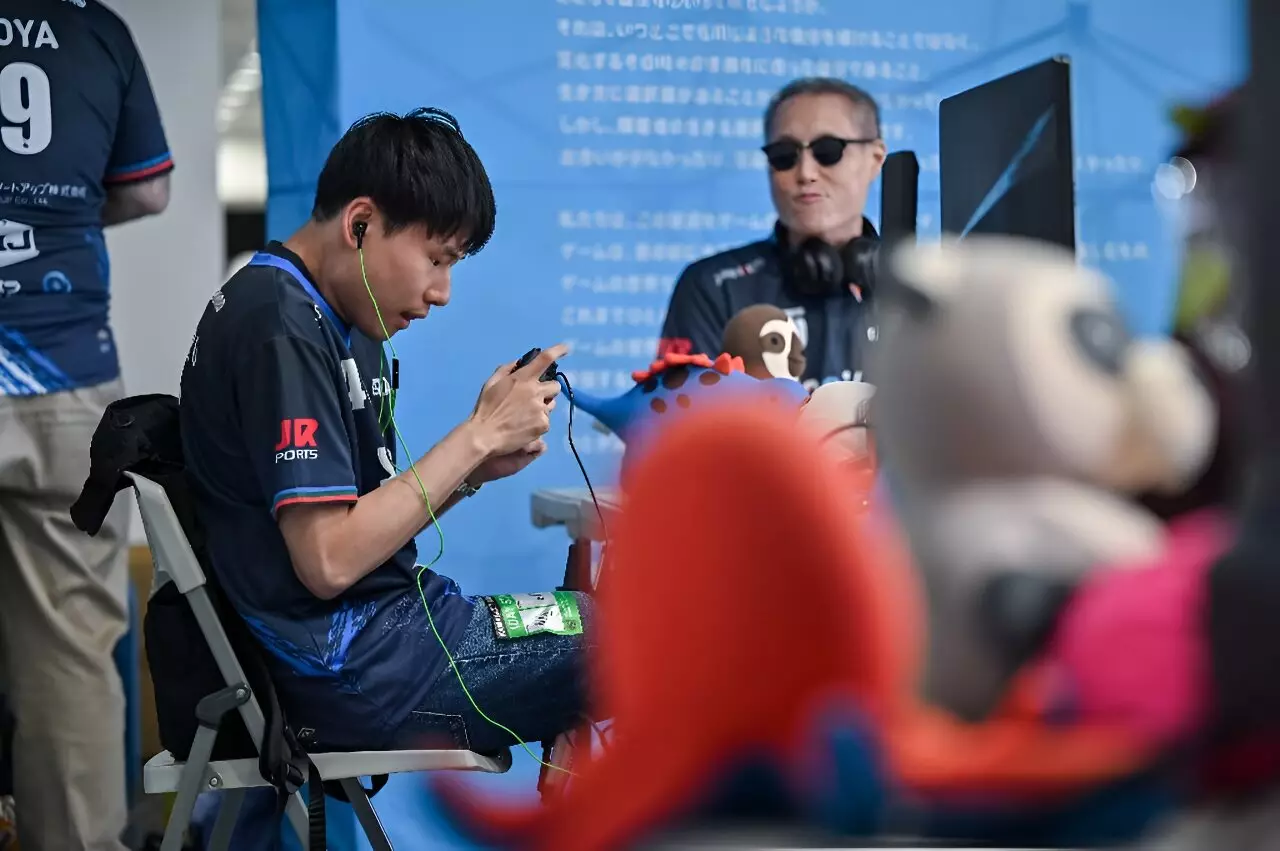In the realm of eSports, Japanese gamer Mashiro stands out as an inspiring figure, showcasing his skills in “Street Fighter” despite being blind. Mashiro’s reliance on a companion to navigate Tokyo has led him to explore the potential of artificial intelligence (AI) as a means to gain independence in his travels. By testing the latest version of the AI chatbot ChatGPT, Mashiro seeks to pave the way for a more accessible future for individuals with disabilities.
AI technologies like GPT-4o and Google’s Gemini have emerged as powerful tools that hold the promise of enhancing accessibility in various domains such as education, employment, and daily services. These generative gadgets have the capability to understand voice, text, and image commands in multiple languages, offering tailored solutions to cater to diverse needs. With the aid of AI, individuals with disabilities can access information and services in a more personalized and efficient manner.
As Mashiro embarked on his journey to a Para eSports meet-up, he interacted with ChatGPT in real-time, receiving detailed directions and guidance tailored to his specific requirements. The bot’s ability to provide nuanced information for blind individuals, such as detecting crowd noise and activity sounds, showcases the potential of AI in empowering users with disabilities to navigate their surroundings independently.
While AI holds great promise in improving accessibility, challenges and limitations exist that need to be addressed. Mashiro’s experience highlighted the limitations of AI tools like ChatGPT in recognizing specific Japanese words and locations, thereby underscoring the importance of continual refinement and enhancement of these technologies. Experts caution that AI must strive to achieve greater accuracy in real-time visual recognition to effectively replicate the capabilities of the human eye.
Looking ahead, the integration of AI into assistive technologies opens up a multitude of opportunities for individuals with disabilities. From speech-to-text transcription for those with hearing loss to resume formatting assistance for individuals with learning disabilities, AI can revolutionize how people access information and services. Collaborative efforts between organizations like OpenAI and apps like Be My Eyes are paving the way for the development of innovative solutions that enhance the lives of individuals with disabilities.
The intersection of AI and accessibility represents a transformative force that has the potential to break down barriers and empower individuals with disabilities. As technology continues to evolve, it is imperative to prioritize inclusivity and user-centric design to ensure that AI solutions cater to a diverse range of needs. By leveraging the capabilities of AI, individuals like Mashiro can forge new paths towards independence, enabling them to navigate the world with greater autonomy and confidence.


Leave a Reply